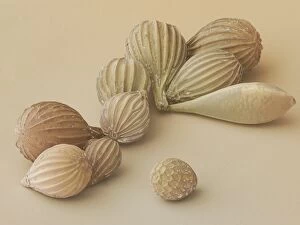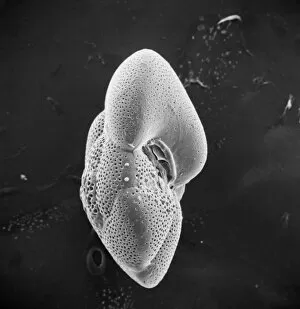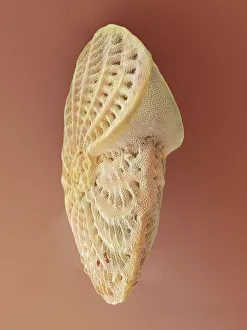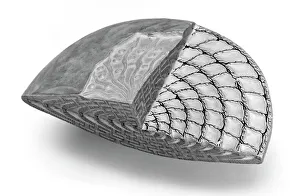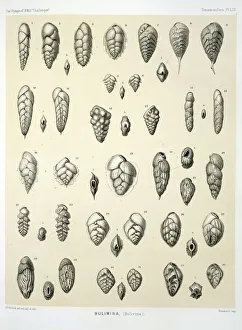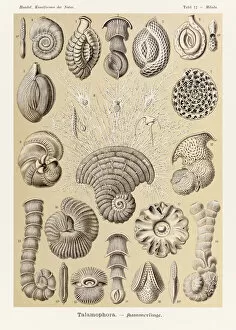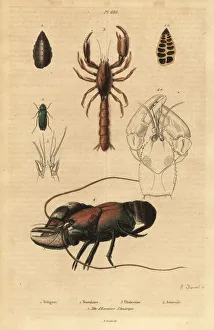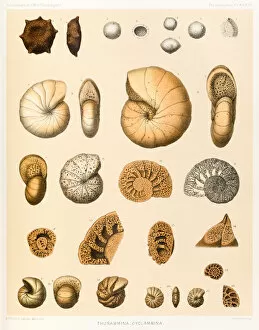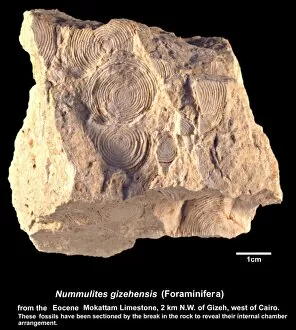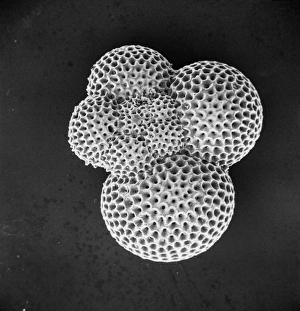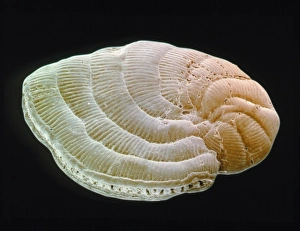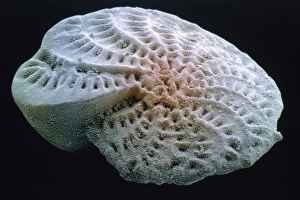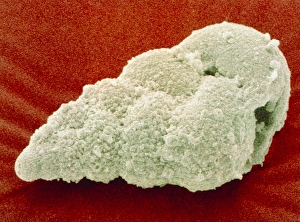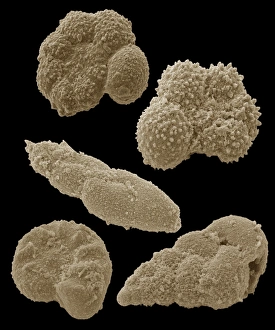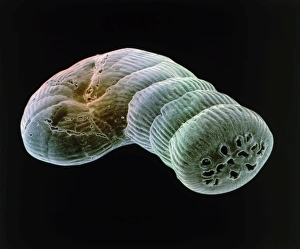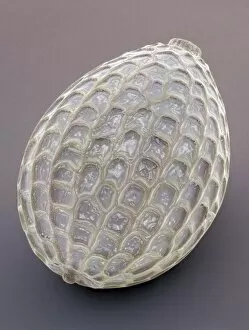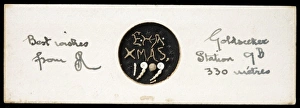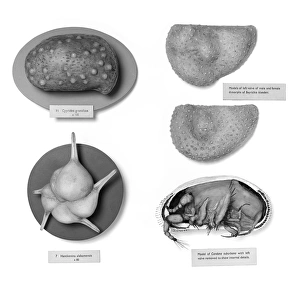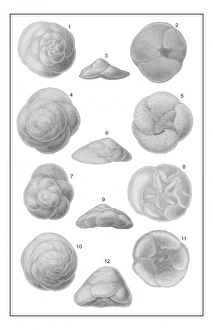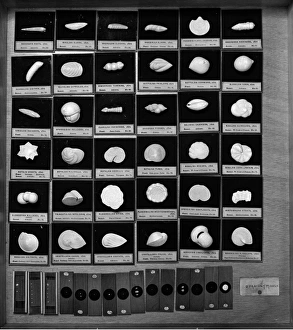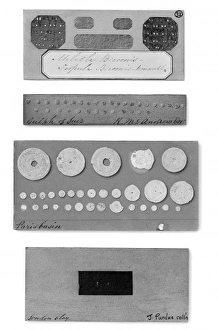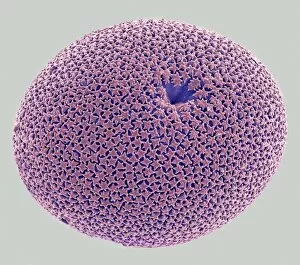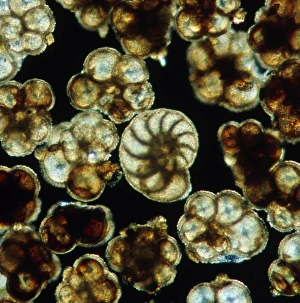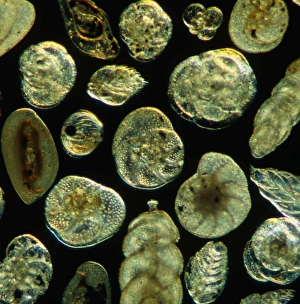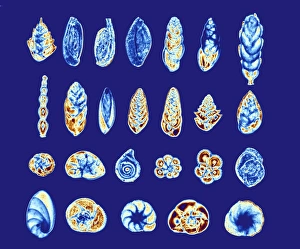Foraminifera Collection
"Foraminifera: Unveiling the Microscopic Architects of the Sea" Delving into the intricate world of marine microorganisms
All Professionally Made to Order for Quick Shipping
"Foraminifera: Unveiling the Microscopic Architects of the Sea" Delving into the intricate world of marine microorganisms, we encounter the fascinating realm of foraminifera. These tiny creatures, known as Foraminiferans, construct elaborate shells called tests that serve as their protective abodes. In this captivating SEM image, we witness the exquisite details of a Bulimina species' test, showcasing its delicate structure and ornate patterns. They have left an indelible mark on Earth's history through their fossilized remains. Fossils containing diatoms, foraminifera, ferns, and mollusks offer us glimpses into ancient ecosystems and provide valuable insights into past climates and environmental conditions. Ernst Haeckel's artistic masterpiece "Kunstformen der Natur" presents Plate 12 featuring Miliola Talamophora - a stunning representation of these intricate organisms. Haeckel's illustrations beautifully capture the diversity and complexity found within Foraminifera. These marine creeping protozoa play crucial roles in marine ecosystems by serving as indicators of water quality and acting as food sources for various organisms such as bush-cricket species or mud lobsters. Their significance extends beyond ecological interactions; they also contribute to sediment formation in oceans worldwide. The scientific exploration continues with Thurammina-Cyclammina from "The Voyage of HMS, " shedding light on previously uncharted territories within Foraminifera research. This discovery showcases their astonishing adaptability to different environments throughout history. Thalamophora takes center stage once again in this vibrant color lithograph from 1899-1904. Its radiant hues emphasize not only its aesthetic appeal but also highlight our ongoing fascination with these remarkable creatures. As we unravel more about Foraminiferan biology and ecology, it becomes evident that these seemingly insignificant beings hold immense importance in understanding our planet's past and present dynamics.

